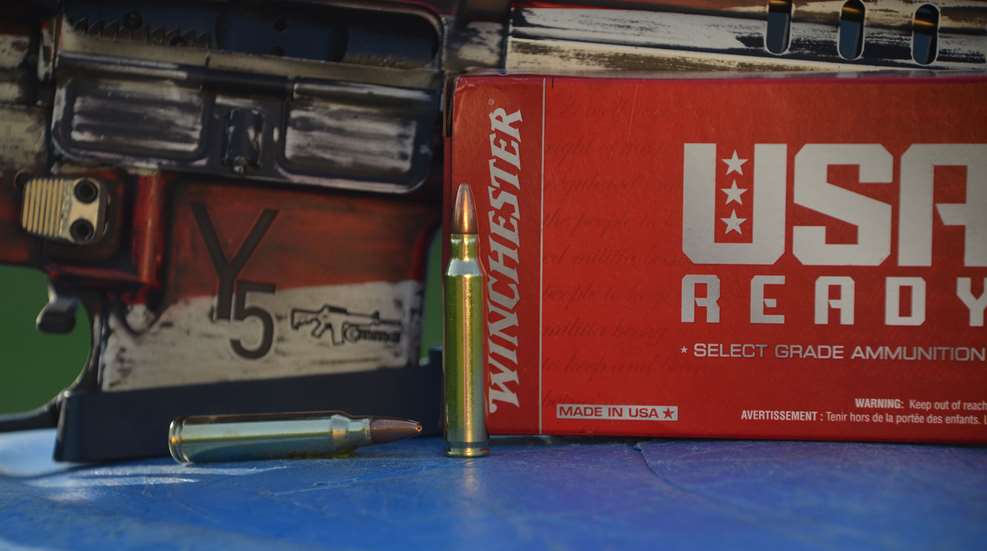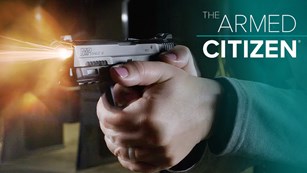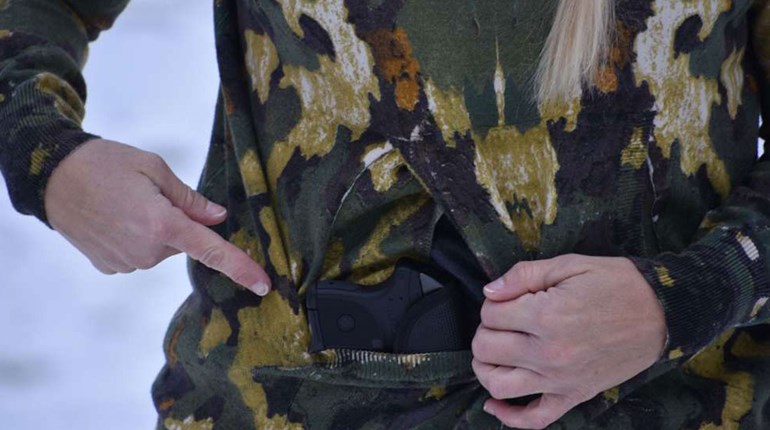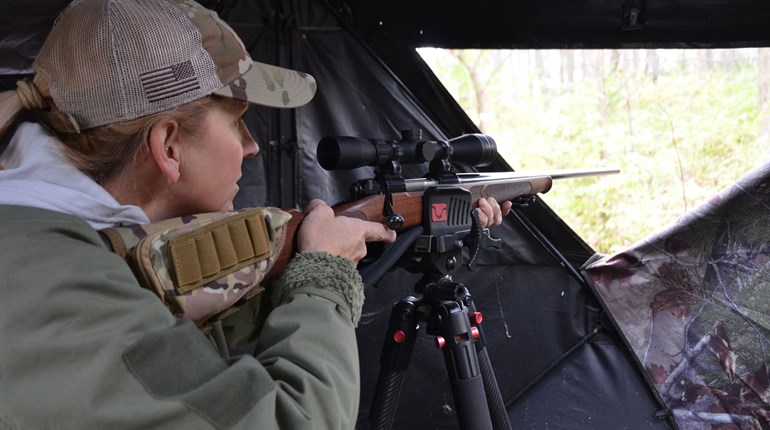
One of the most prevalent firearm calibers in the United States is the .223. The common AR-15, as well as many bolt rifles, are chambered in this caliber. Here are a few things you should know about the .223—and issues commonly associated with it.

.223 vs. 5.56: How are they different?
There’s a slight difference between .223 Remington and 5.56 NATO. The latter is the military ammo designation for rifles used by many militaries, which can withstand ammunition that creates higher pressures. You should not fire 5.56 ammo from a rifle chambered in .223 Remington.
A hybrid of both is the .223 Wylde chamber, about which claims are made that it can shoot both .223 Remington and 5.56 NATO, but the ultimate answer to whether that is true or not lies with each firearms’ manufacturer.
Care should be used when selecting ammo for your .223 rifle. If you’re unsure, consult your manufacturer or local FFL for help determining in which caliber your rifle is chambered. Often you can find the caliber and chamber information stamped into the barrel near the muzzle end. It might take a flashlight and some effort, but it’s usually there. The barrel markings should match the headstamp of the ammo you are using. Do not use ammo that’s not suited for your gun.
What makes a rifle round?
The .223 contains a projectile, or bullet, just like every other rifle. The bullet is seated in a brass case that holds the powder. At the bottom of the case is a primer. The primer is situated in the center, which is why it is called “center-fire” ammunition, i.e. the firing pin strikes the primer in the center of the bottom of the case to ignite the round.
The area of the case that the bullet is seated into is called the neck. The angled area where the body of the case narrows and angles up to the neck is called the shoulder.
Common Issues
Typically there are few problems with commercially manufactured .223 or 5.56 rifle ammo. This is because the specifications are well established. The sheer volume of these rifles in circulation and the demand for ammo means there are parameters from which manufacturers won’t deviate. The fact that it’s a bottleneck cartridge also lends to better reliability in the round (as opposed to a straight-walled cartridge).
If you shoot rifles enough, here are some common issues you might encounter:
High primers. A high primer can lead to a failure to fire. This is more likely to be encountered in handloads.
Damage to case body or shoulder. Dents and dings in the case or neck could lead to excessive pressure or extraction problems. This is why buying quality ammo matters, as well as inspecting your ammo.
Temperature swings. Just like we discussed with 9mm ammo, storing rifle ammo where it goes through thermo-cycling and hot/cold swings can degrade your ammo, potentially leading to failures to fire.
Improper sizing. When a round of ammunition is made, the brass case is “sized” to fit the chamber of the gun for which it’s designed. If the sizing process wasn’t done properly, the round might not feed properly, meaning it might not fit in the chamber correctly. This is more likely in handloads and why using commercially manufactured ammo is generally the best plan for new gun owners.
Issues attributed to the gun, not the ammo
Often, issues with a .223 rifle functioning are not ammo-related. The AR rifle platform is a system, and all the parts play a role. The gas system might not be suited to the velocity of the ammo and cause cycling issues (a reason many AR-15s come with adjustable gas blocks). The magazine might have spring issues or feed lip problems and that can cause feeding issues. The buffer system might not like the force created by the gas produced by the round and the weight of the bolt carrier group and the buffer.
If you encounter a malfunction shooting .223/5.56, stop and look at what happened. What was the malfunction: a double-feed, stovepipe, failure to extract, etc.?
If something like a failure to extract occurs once, it might be the fault of a round with an imperfect rim, but if it happens repeatedly, you might have a damaged extractor or weak extractor spring. It could also be that the rifle is over-gassed. If you see signs of extreme pressure (e.g. the primer on the fired round looks completely flattened), you should stop and ensure that you’re shooting the correct ammo, and seek help from a qualified person to help you troubleshoot.
To sum it up, understanding the firearm that you are shooting is as important as using the correct ammo. Knowing when to consider your firearm or your ammo as the source of any hiccups you encounter is a valuable skill that only comes with experience. Taking the time to investigate and proceed safely with any malfunction will help grow your understanding and ultimately be better able to help others experiencing the same.














































